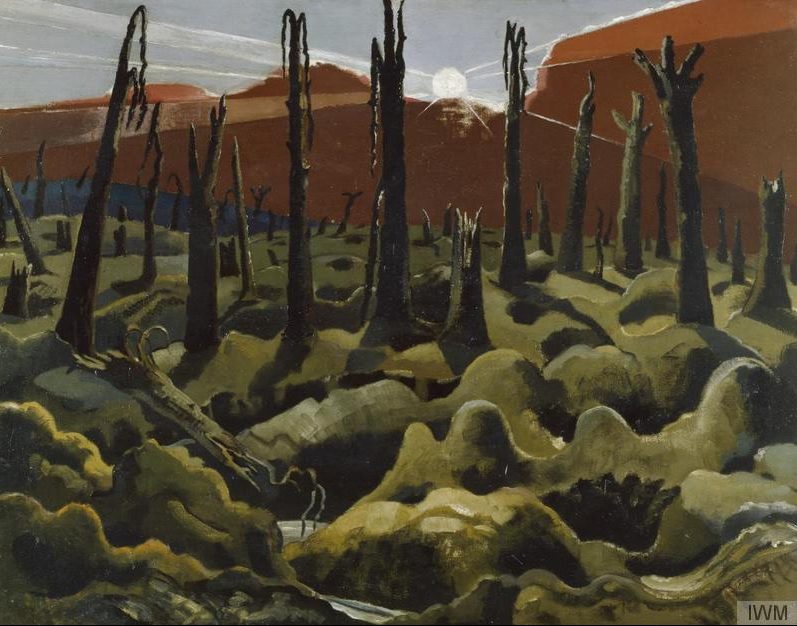Winchelsea Second Wednesday Society met on July 11 2018 in the New Hall and heard from Andrew Ashton on the activities of War Artist and Surrealist Painter Paul Nash in Rye, Dymchurch and Iden in the 1920s and 1930s.
This was the third of a series of talks by Mr Ashton, a graduate of St Martins College, who had previously spoken to the society on Beryl Cooke and Banksie.

Paul and Margaret Nash came first to Dymchurch from London in 1920 to seek peace and quiet in a country cottage. Nash who served initially as an Officer in the Hampshires and then as an Official War Artist was “recovering from the devastation of the war” he was described as suffering “severe mental scarring”. Nash’s friend Claude Lovat Frazer died while visiting Nash at Dymchurch in the same week as Nash’s father died and these events prompted a fugue or ‘coma’ lasting a week in the debilitated Nash.
They subsequently moved in 1925 to Oxenbridge, Iden and then to “The New House” in Rye while keeping their place in London.
The Nash circle included at various times during their nomadic life in the coastal south-east, Athene Seyler, T.E. Lawrence, Ford Maddox Ford, Ben Nicholson, Radcliffe-Hall and Una and Ernest Troubridge.

I would imagine that, the “unconventional” antics of this group raised provincial rustic eyebrows in the early 20th century.
It would be fruitless to speculate on the motivations of the various notables who have over the years chosen to live in Rye and environs but clearly they found something here that was a balm to their troubled spirits.
Nash demonstrates in his artistic journey the trauma and horror of war, the pastoral beauty of the countryside he found himself in and subsequently the strange internal logic of surrealism. Each of these demonstrates one area of his artistic and emotional conflict and together they give us a small insight into the mind and talent of this troubled soul. It is without doubt that his work is a window on the fractured and disturbed experience of his generation.
Photos: Imperial War Museum



